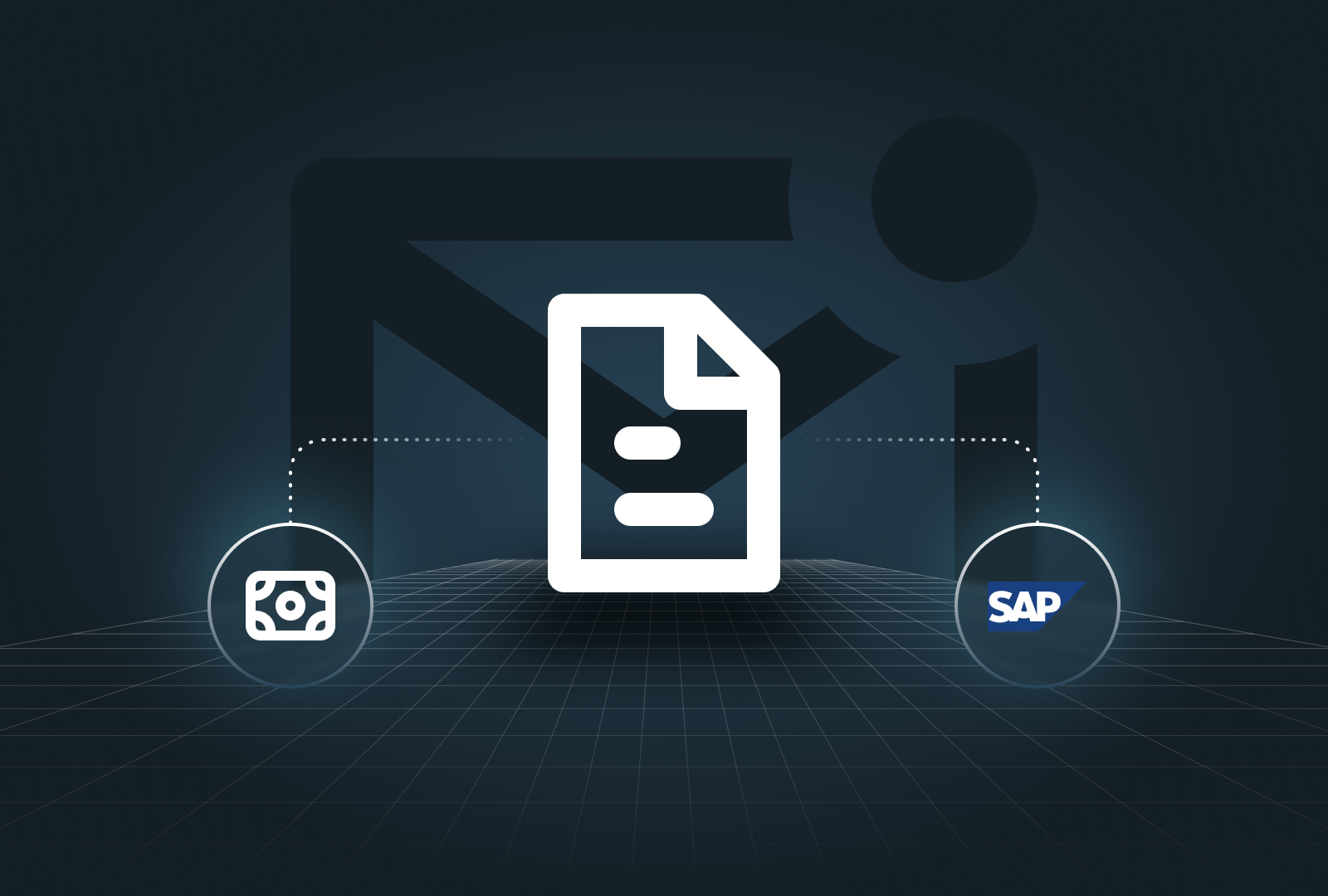Cash flow is the lifeblood of any business, and when issues arise, they can severely impact growth, operations, and financial stability. In this article, we'll explore how to identify, manage, and prevent cash-flow issues in your business, ensuring smoother operations and long-term success.
Understanding cash-flow issues
To effectively address cash-flow problems, it's essential to understand what they are and how they impact your business.
What are cash-flow issues?
Cash-flow issues occur when a business doesn’t have enough liquid money to cover its operating expenses, payments, or debts. This can lead to significant financial problems, including an inability to pay employees, vendors, or even invest in growth opportunities.
Common causes of cash-flow problems
Several factors can lead to cash-flow problems, including:
- Late payments from customers
- Poor financial management
- Excessive inventory or unsold products
- High operating expenses relative to sales
How cash-flow issues impact business growth
When a company faces cash-flow problems, it can hinder growth by limiting the ability to invest in new projects, hire more staff, or expand operations. Growth often requires significant capital, and without cash flow, businesses might struggle to seize new opportunities.
Identifying signs of cash-flow issues
Recognizing the early signs of cash-flow problems is critical to preventing long-term financial damage.
Red flags indicating cash-flow troubles
Several red flags may suggest your company is facing cash-flow issues. These include regularly missing payments, consistently late invoices, and a lack of available funds to cover immediate expenses. If your business has to rely on credit or loans to make payroll or meet everyday costs, this is another strong indicator of cash-flow problems.
How to analyze your cash-flow statements for issues
Regularly reviewing your cash-flow statements is one of the best ways to spot trouble before it worsens. Check for discrepancies between your sales and cash on hand, and monitor for increases in outstanding accounts receivable or delayed customer payments.
The role of cash-flow forecasting in identifying problems
Cash-flow forecasting can help you anticipate difficulties by projecting future cash flow based on current financial data. By identifying potential shortfalls early, you can take steps to mitigate the risk before it impacts your business.
Solutions to common cash-flow issues
Once you've identified the signs of cash-flow problems, it's time to implement solutions to keep your business running smoothly.
Strategies to improve cash flow
There are several strategies you can use to improve cash flow in your business. These include adjusting payment terms with customers, reducing unnecessary expenses, and negotiating better payment terms with vendors. Offering discounts for early payments or charging interest on overdue invoices can also incentivize customers to pay faster.
Effective cash-flow management techniques
Automating cash-flow management can transform the entire process. Automation helps track accounts payable and receivable seamlessly, ensuring that payments to suppliers and collections from clients are handled on time.
This minimizes the risk of human error and delays, ensuring consistent cash flow. By streamlining payment schedules and real-time monitoring of incoming funds, automation can eliminate bottlenecks, prevent cash shortages, and improve overall financial efficiency, giving business owners more control over their cash flow with less manual intervention.
Leveraging financial tools to address cash-flow issues
The right cash-flow management solution should be user-friendly and intuitive, minimizing the need for extensive training. Look for platforms that simplify cash-flow processes by automating tasks like invoicing, payments, and expense tracking, helping to save time.
The platform should also provide clear insights into financial data, helping to quickly identify and resolve cash-flow problems. By eliminating complexities and offering real-time cash visibility, the tool should streamline management and make solving cash-flow issues more efficient.
Implementing best practices for cash-flow management
For long-term success, businesses must adopt best practices to manage cash flow effectively.
Optimizing your Accounts Receivable and Payable
To maintain healthy cash flow, it’s important to optimize both your Accounts Receivable and Accounts Payable. Offer flexible payment terms to customers while ensuring your own payments to vendors are made on time. Prioritizing quick payment collection from customers can help maintain a steady inflow of cash.
Streamlining invoicing and payment processes
Streamlining your invoicing and payment processes will ensure payments are made quickly and efficiently. Automating invoices and sending reminders for overdue payments can reduce late payments, helping your company maintain a steady cash flow.
Enhancing financial visibility and control
By enhancing your financial visibility through dashboards and regular reviews, you can gain control over your cash flow. Financial dashboards provide an at-a-glance overview of your business’s performance, allowing you to quickly assess cash flow, sales, expenses, and more.
Regular financial audits and analysis
Regular financial audits are crucial to catching problems before they become larger issues. A thorough audit can identify discrepancies, inefficiencies, or areas where cash flow can be improved.
How to prevent future cash-flow issues
Preventing future cash-flow problems requires a proactive approach and strategic planning.
Establishing robust cash-flow policies and procedures
One of the most effective ways to prevent cash-flow issues is by establishing clear cash-flow policies and procedures. This ensures that all employees understand the importance of managing payments and expenses efficiently.
Regularly reviewing and adjusting your cash-flow strategy
It’s important to regularly review and adjust your cash-flow strategy as your business evolves. As sales, expenses, and customer behavior change over time, your cash-flow plan must be updated accordingly.
Investing in technology and software for proactive management
Investing in the right software can significantly improve your ability to manage cash flow proactively. Look for solutions that allow you to easily track payments, forecast future cash needs, and generate real-time financial reports.
These technologies should help business owners identify potential cash shortages early and make informed decisions, all while minimizing manual effort. With the right choice, you can maintain better control over your finances and ensure smoother cash-flow management.
How Payflows helps resolve cash-flow issues with innovative solutions
Payflows offers a variety of solutions to help businesses manage cash flow more efficiently:
- Treasury management: provides real-time visibility into cash flow, enabling better financial decision-making.
- Intake-to-pay automation: streamlines invoice processing, reducing errors and improving payment accuracy.
- Cash forecasting: offers tools to predict future cash needs, helping businesses plan ahead and avoid liquidity issues.
These modules help businesses optimize their cash flow and minimize financial bottlenecks.
Monitoring and optimizing long-term cash flow
To ensure long-term financial stability, businesses must actively monitor and optimize their cash flow.
Setting up cash-flow dashboards for continuous monitoring
Cash-flow dashboards are essential for real-time tracking of your financial performance. By setting up these dashboards, you can monitor incoming and outgoing cash, track overdue invoices, and stay on top of your cash-flow metrics.
Measuring key cash-flow metrics
Key Performance Indicators (KPIs) such as the cash conversion cycle, Days Sales Outstanding (DSO), and Days Payable Outstanding (DPO) are essential metrics to measure. Monitoring these will help you gauge the efficiency of your cash-flow management and pinpoint areas needing improvement.
Long-term cash-flow planning and forecasting
Long-term cash-flow planning and forecasting are critical for anticipating market changes and ensuring financial stability. Businesses should create a plan that accounts for seasonal fluctuations, market trends, and unexpected expenses to avoid future cash-flow issues.
Cash-flow management is crucial for the success and growth of any business. By implementing best practices and leveraging solutions like Payflows, companies can resolve cash-flow issues and create a solid financial basis for the future.





.png)
.png)





.png)



